Amphitheatrum Flavium - Kolosseum
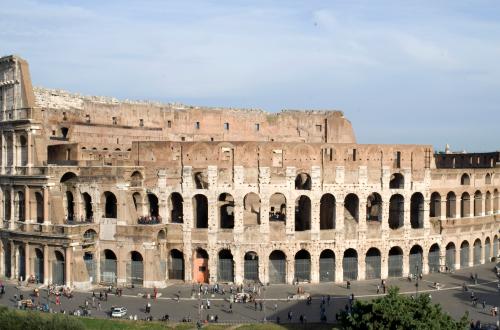
 Condividi
Condividi
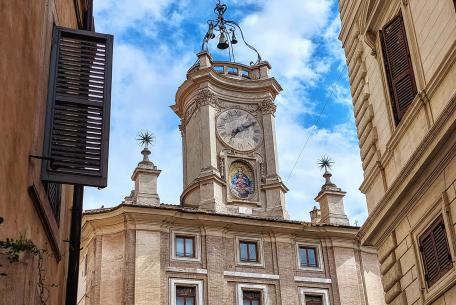
Although it does not rank among Rome’s best-known great monuments, it is still one of the city’s landmarks and it is no coincidence that the large central clock that dominates its
[...]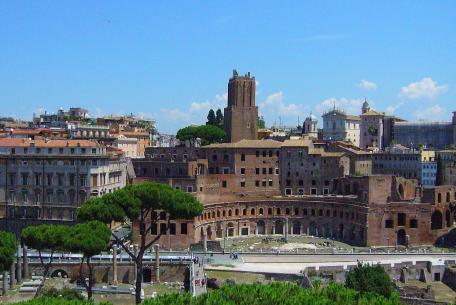
Auch Rom hat seinen schiefen Turm, man muss ihn nur aus der Ferne betrachten, um seine Neigung zu bemerken: der Turm befindet sich am westlichen Ende des Quirinale-Hügels
[...]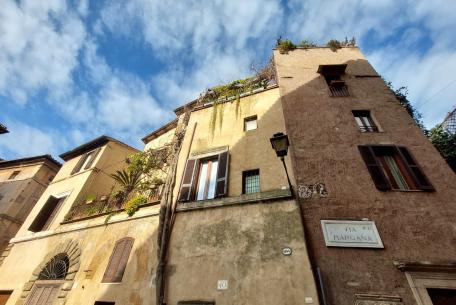
In the charming and quiet little square where the Margana Tower stands, a stone’s throw from the Capit
[...]
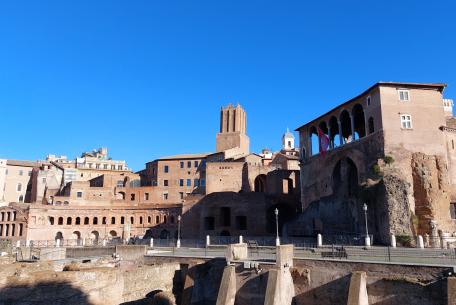
A privileged view of the Imperial Forum excavations and Trajan's Markets
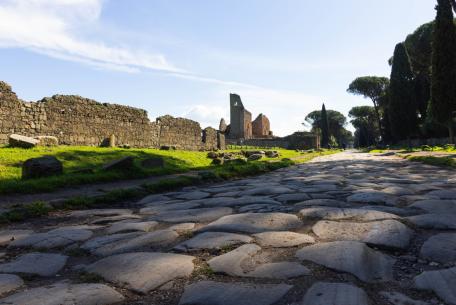
Die Via Appia Antica, die im gleichnamigen Park liegt, birgt mit ihrer 2.300 Jahre alten Geschichte ein historisches, archäologisches und architektonisches Erbe, das weltweit einzi
[...]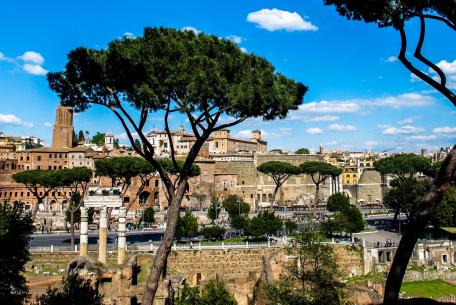
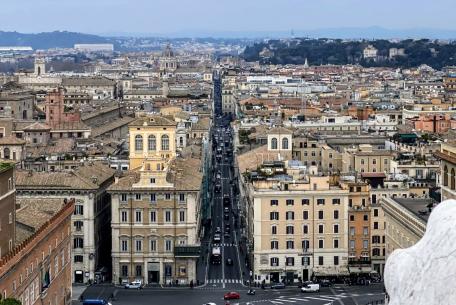
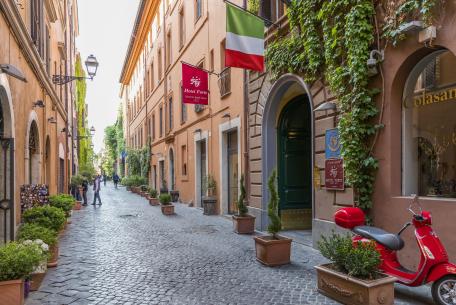
"Edle Einfachheit und stille Erhabenheit", so beschrieb der große Kunsthistoriker Johann Joachim Winkelmann (1717-1768) diese kleine Straße im Zentrum Roms.
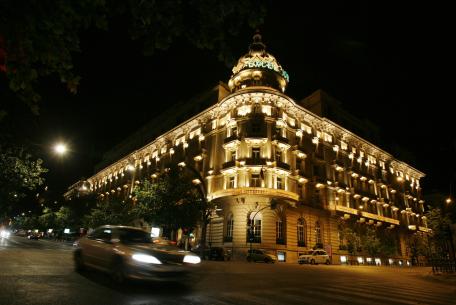
Via Vittorio Veneto, für gewöhnlich einfach nur Via Veneto genannt, ist eine Straße, die von der Piazza Barber
[...]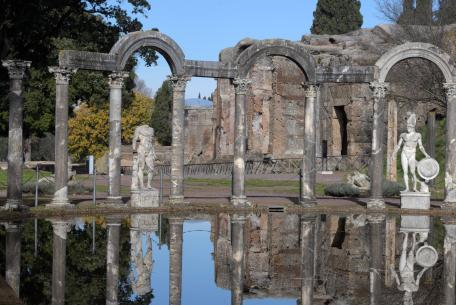
Built by the Emperor Hadrian (117-138 AD), in a large valley rich in of green and water near Tivoli
[...]
Owned by the Torlonia family since 1866, the Villa was built in the mid-18th century for Cardinal Alessandro Albani, nephew of
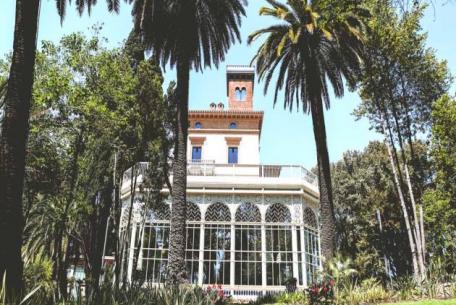
Die Villa wurde 1897 von dem Architekten Giacomo Boni auf Geheiß von Baron Alberto Blanc erbaut.

The monumental remains of the so-called Villa delle Vignacce rise within the Parco degli Acquedotti
[...]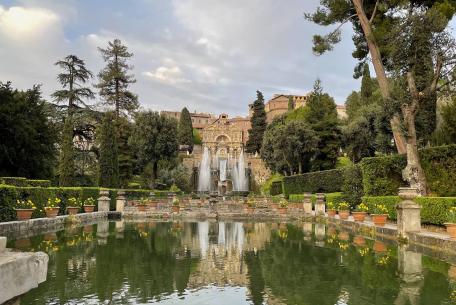
Die Villa wurde auf Geheiß von Kardinal Ippolito II d’Este erbaut, der Mitte des 16. Jahrhunderts zum Gouverneur von Tivoli ernannt wurde.
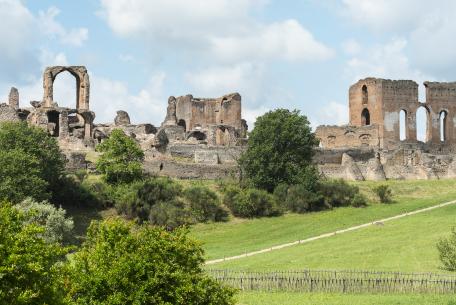
Die Villa dei Quintili ist Teil des archäologischen Parks der Appia Antica.
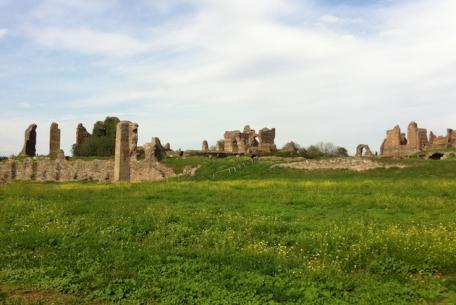
The complex of the so-called Villa of Sette Bassi is located on via Tuscolana, near the intersection with via delle Capannelle, from which you can see the most imp
[...]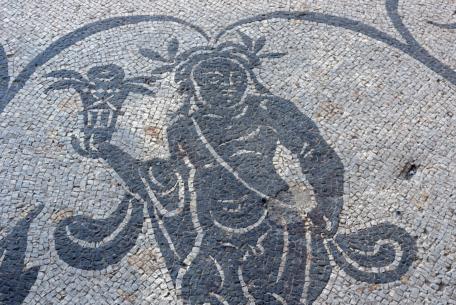
Heute ist es ein archäologisches Gebiet inmitten der Natur, mit einer Atmosphäre wie aus einer anderen Zeit, aber im alten Rom war es die prächtige Residenz von Livia
[...]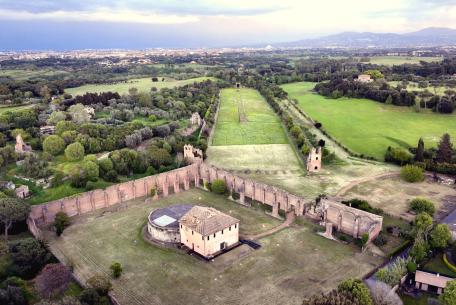
Der Komplex der Maxentiusvilla erstreckt sich zwischen der zweiten und dritten Meile der Via Appia A
[...]
An Sonnentagen, auch im Winter, ist es schwer auf einen Ausflug nach Ostia zu verzichten.
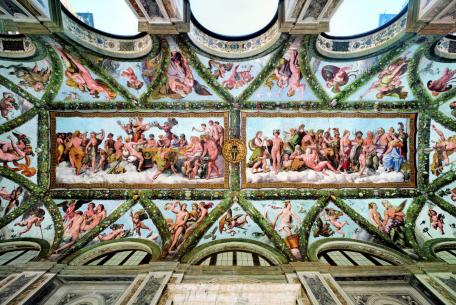
Die Villa della Farnesina alla Lungara, im Herzen des Rione Trastevere, ist eine der edelsten
[...]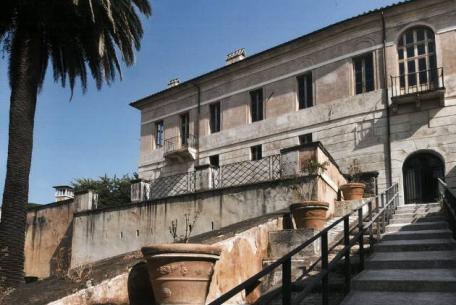
The villa is located in Flaminio district and was formerly known as Villa Cesi<
[...]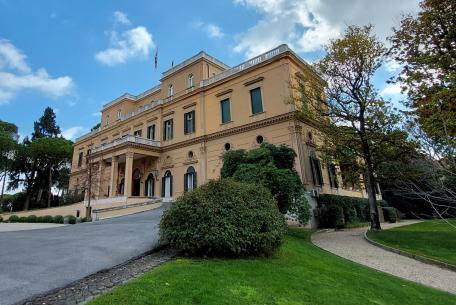

A suggestive and highly accomplished example of architectural and urban planning, the Villaggio Olimpico residential complex was built close to the city centre, be
[...]The construction of the oratorio of the Arciconfiaternita dei Bergamaschi in Rome is substantially linked to the project of rebuilding, which took place in the first thirty years of the 18th century
[...]The archaeological area is located under the Papal Basilica of Santa Maria Maggiore, displaying interesting findings (I - IVcentury AD), a rare fresco calendar with scenes of farm work (late second
[...]During the period between 2008 and 2009, in advance of the Pauline Year, during excavation work for the construction of a number of pilgrims' services, a series of archaeological remains dating bac
[...]The basilica was built by Agrippa in 25 BC together with the Pantheon and other buildings, such as the baths and the Saepta (porticoes).

 Condividi
Condividi
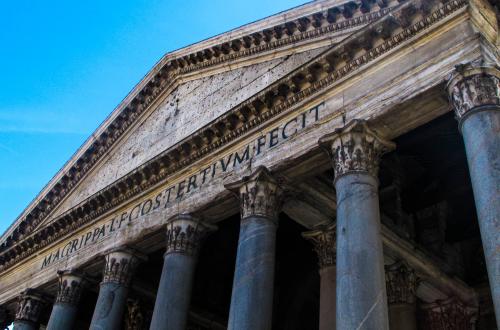
 Condividi
Condividi
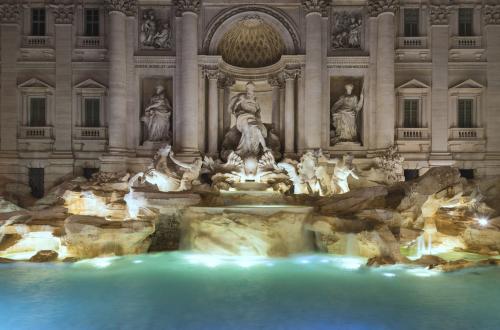
 Condividi
Condividi
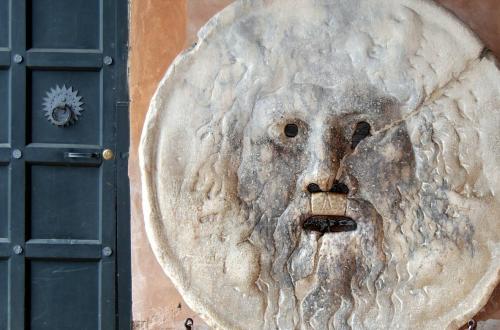
 Condividi
Condividi
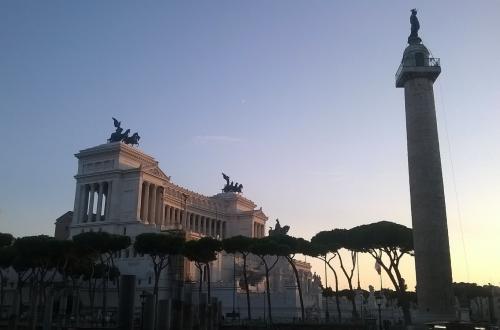
 Condividi
Condividi
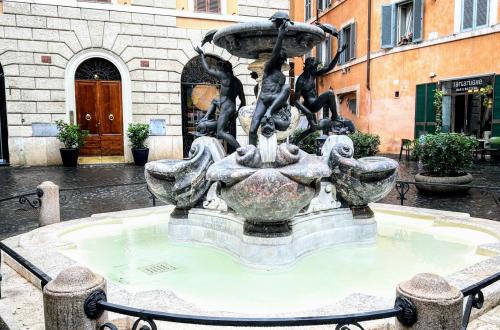
 Condividi
Condividi
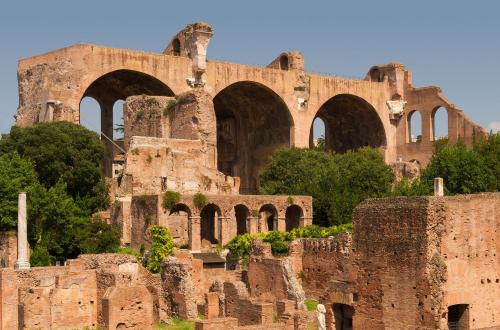
 Condividi
Condividi